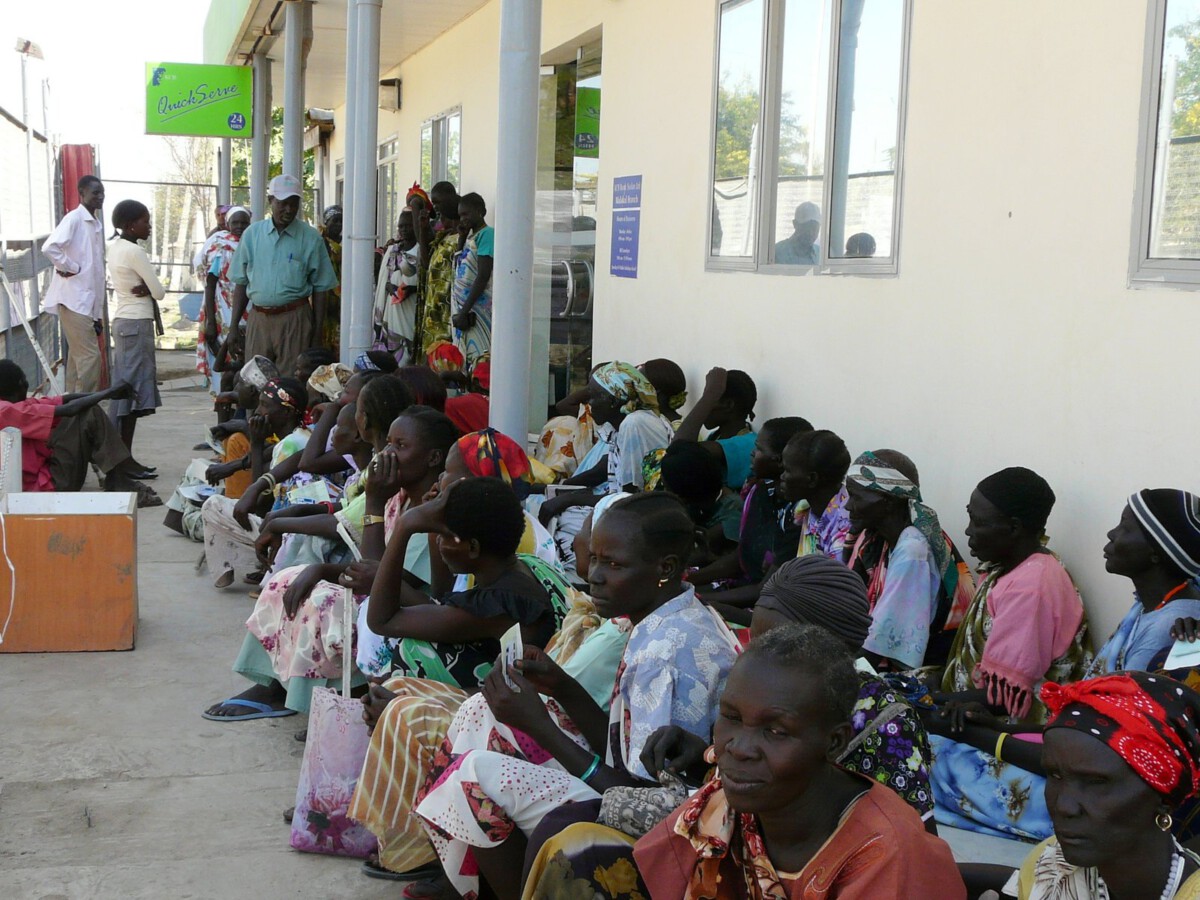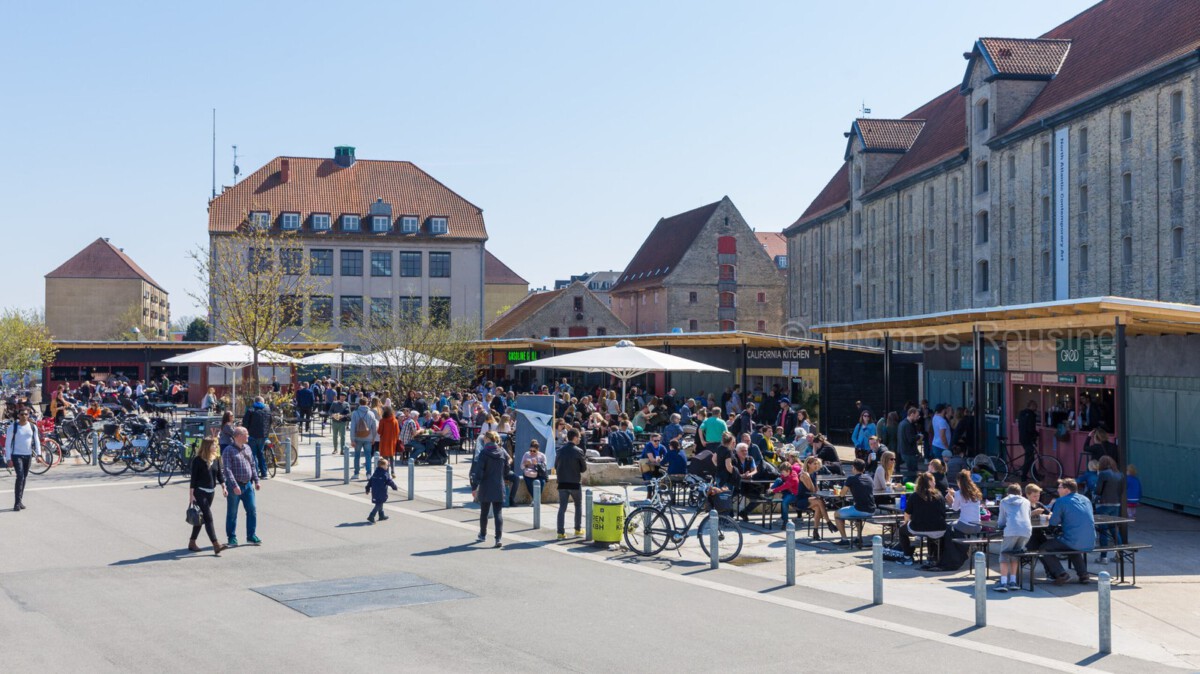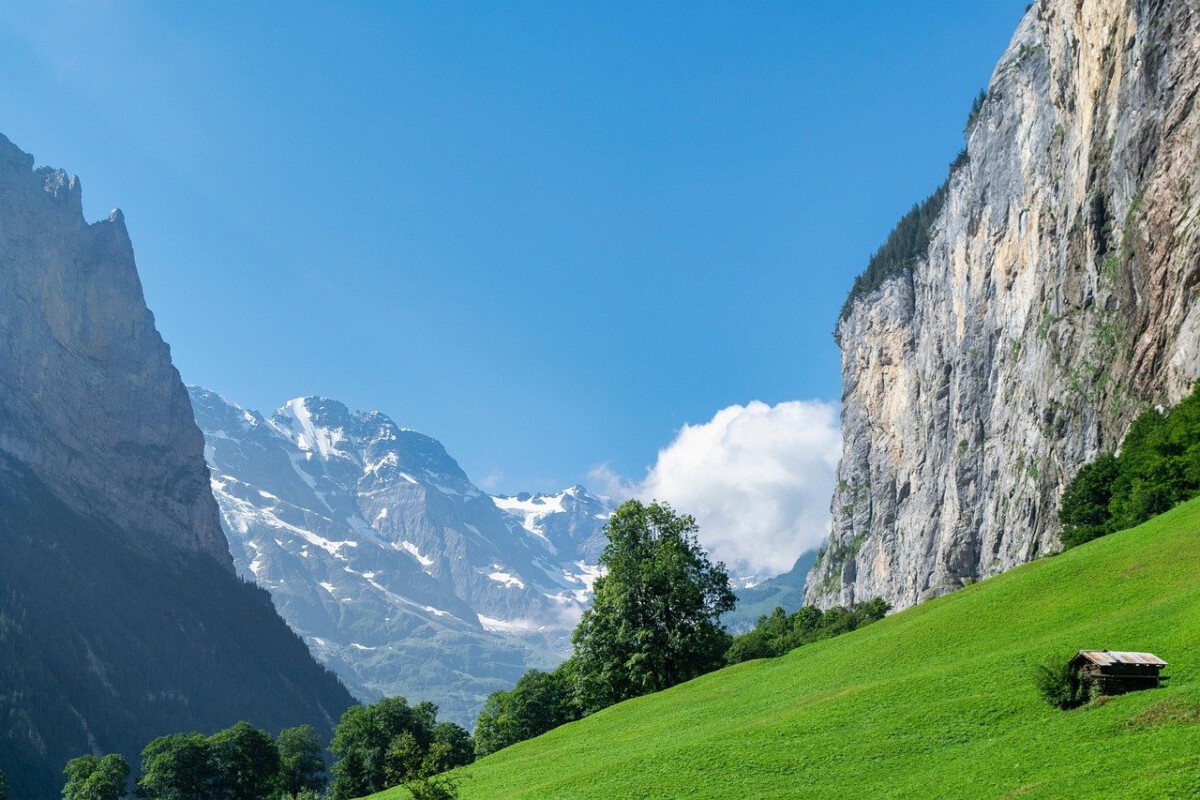Rising from Poverty: A Changing Economic Landscape

Bangladesh has seen remarkable progress in reducing poverty over the past decade. According to the Bangladesh Bureau of Statistics, the national poverty rate dropped to 18.7% in 2023, compared to 31.5% in 2010. However, this improvement masks deep regional disparities, with rural areas still experiencing higher rates of deprivation. The World Bank reported in early 2024 that the Covid-19 pandemic temporarily reversed gains, pushing an estimated 3 million people below the poverty line in 2021, but recovery efforts have since brought some relief. Job creation, especially in the garment sector, has been a primary driver of progress, employing over 4 million workers—mostly women—according to the Bangladesh Garment Manufacturers and Exporters Association. Despite these gains, inflation remains a persistent challenge, with consumer prices rising by an average of 8% in 2024, eroding purchasing power for the poor. Urban migration is accelerating, putting pressure on city services and housing, particularly in Dhaka. Food insecurity also persists, with the Global Hunger Index ranking Bangladesh 76th out of 125 in 2024, reflecting ongoing challenges in nutrition and access.
Dhaka: The World’s Fastest-Growing Megacity

Dhaka, Bangladesh’s bustling capital, is now home to over 23 million people, making it the fastest-growing megacity according to the United Nations’ 2024 World Urbanization Prospects. The city absorbs nearly 400,000 new residents each year, many fleeing climate-driven hardships in rural areas. This rapid growth has resulted in severe overcrowding, with population density reaching 47,400 people per square kilometer. Infrastructure struggles to keep up: power outages, traffic gridlock, and water shortages are daily realities for many residents. The 2024 Mercer Quality of Living Survey ranked Dhaka near the bottom globally due to pollution, congestion, and limited green space. Informal settlements, or “bustees,” now house over 30% of the city’s population, where access to sanitation and clean water remains unreliable. Despite these difficulties, Dhaka is also a hub of culture, commerce, and innovation, with a vibrant street life and a growing tech sector.
Air Pollution: A Crisis in the Skies

Bangladesh consistently ranks as having some of the worst air quality in the world. In March 2024, IQAir reported that Dhaka’s average annual PM2.5 concentration reached 80.2 µg/m³, more than 16 times the World Health Organization’s safe guideline. Brick kilns, unregulated construction, and vehicular emissions are the main contributors. The Bangladesh Department of Environment’s latest Air Quality Index (2024) recorded “hazardous” levels for over 60 days between January and April. Respiratory illnesses are surging, with a 2024 study from ICDDR,B revealing that hospital admissions for asthma and COPD increased by 22% in the past year. The government has intensified crackdowns on illegal kilns and introduced stricter emission standards in February 2025, but enforcement remains inconsistent. School closures due to air pollution have become more frequent, disrupting education for thousands of children. Public outcry is growing, with environmental groups staging regular protests and demanding urgent reform.
Rivers Under Siege: Water Pollution and the Fight for Clean Flow

Bangladesh’s rivers, once famed for their beauty, are now heavily polluted. The Buriganga River near Dhaka has been labeled “biologically dead” by the Department of Environment due to untreated industrial waste, which, according to a 2024 government report, accounts for 60% of river pollution in urban areas. Textile factories are the worst offenders, discharging toxic dyes and chemicals directly into waterways. The World Bank’s 2024 Environmental Assessment found that 80% of surface water samples from major rivers failed to meet national safety standards. Efforts to address this, such as the 2023 launch of a National River Conservation Commission, have led to the closure of 241 illegal effluent outlets in Dhaka. However, local fish populations have plummeted, with a 2024 study from Dhaka University recording a 70% decline in fish species diversity since 2000. In rural areas, arsenic contamination in groundwater remains a deadly threat, affecting more than 20 million people, according to UNICEF’s April 2024 update.
Climate Change: The Frontline of Global Warming

Bangladesh is at the epicenter of the climate crisis. The Global Climate Risk Index 2024 ranked Bangladesh as the seventh most affected country by extreme weather. Cyclones, floods, and river erosion displace an estimated 500,000 people every year, according to the International Organization for Migration’s 2024 report. Rising sea levels threaten to submerge up to 17% of the country’s land area by 2050, potentially displacing 30 million people, the Bangladesh Ministry of Environment warned in a 2025 statement. Saltwater intrusion has devastated rice and shrimp farms in the southern delta, pushing many families into urban slums. The government has invested in coastal embankments and climate-resilient crops, but adaptation costs are rising. In 2024, Bangladesh received $1.2 billion in international climate finance, yet experts warn it’s not enough to keep pace with escalating threats. Communities in the Sundarbans—the world’s largest mangrove forest—are already witnessing the extinction of traditional livelihoods.
Garment Industry: Empowering Women and Fueling Growth

The ready-made garments (RMG) sector is the backbone of Bangladesh’s economy, accounting for over 84% of total exports in 2024, according to the Export Promotion Bureau. It employs more than 4.5 million people, of whom nearly 60% are women, giving many their first taste of financial independence. Wages have risen since the 2013 Rana Plaza disaster, with the government mandating a minimum monthly wage of 12,500 taka ($115) in late 2024. Despite progress, labor rights issues persist: a Human Rights Watch report from March 2025 documented continued concerns over workplace safety and union suppression. The sector faces new pressures from global buyers demanding greener supply chains, prompting a wave of investment in energy-efficient machinery and wastewater treatment. In 2024, Bangladesh became the world’s second-largest apparel exporter after China, but competition from Vietnam and Ethiopia is intensifying. Strikes and labor protests remain common as workers push for better conditions and benefits.
The Hidden Beauty of the Sundarbans

The Sundarbans, a UNESCO World Heritage Site, remains one of Bangladesh’s most breathtaking natural treasures. Spanning 10,000 square kilometers across Bangladesh and India, this mangrove forest is home to the endangered Bengal tiger, fresh-water dolphins, and over 260 bird species. In 2024, the Bangladeshi government expanded protected areas by 15% to help preserve biodiversity. The forest’s intricate network of rivers and tidal waterways creates a stunning landscape that attracts 200,000 tourists each year, according to the Bangladesh Tourism Board’s 2024 report. However, the ecosystem is under threat from climate change, rising salinity, and industrial expansion. Illegal poaching and woodcutting remain persistent problems, despite increased patrols by forest rangers. Local communities rely on the Sundarbans for fishing, honey collection, and eco-tourism, but their way of life is increasingly at risk as environmental changes accelerate.
Education: Triumphs and Ongoing Struggles

Bangladesh has achieved near-universal access to primary education, with the net enrollment rate reaching 98.1% in 2024, according to the Ministry of Primary and Mass Education. Gender parity has been a standout success, with girls now making up 51% of students at the primary level. Dropout rates, however, remain a significant concern, particularly in rural and slum areas, where more than 25% of children fail to complete secondary school. The government’s 2024 Digital Bangladesh initiative has expanded access to online learning, but connectivity gaps continue to hamper rural students. Teacher shortages and overcrowded classrooms—averaging 55 pupils per teacher in some districts—impact learning quality. A 2025 survey by BRAC found that only 41% of Grade 5 students met expected literacy targets. Despite these challenges, Bangladesh’s commitment to education reform remains strong, with increased investment in vocational and technical training programs.
Healthcare Improvements and Persistent Gaps

Bangladesh’s healthcare system has made significant strides, particularly in maternal and child health. The maternal mortality rate fell to 163 per 100,000 live births in 2024, a dramatic drop from 322 in 2001, according to the Bangladesh Demographic and Health Survey. Immunization coverage for children reached 94% in 2024, among the highest in South Asia. Nonetheless, disparities persist: rural areas face a shortage of qualified doctors, and out-of-pocket expenses remain a major burden for the poor. Non-communicable diseases such as diabetes and heart disease are rising rapidly, accounting for more than 60% of all adult deaths in 2025, the Ministry of Health reports. The Covid-19 pandemic exposed weaknesses in hospital infrastructure and critical care, prompting renewed investment in telemedicine and community health clinics. Mental health remains stigmatized, with only 0.49 psychiatrists per 100,000 people according to a WHO 2024 assessment.
Tourism: Untapped Potential and Cultural Riches

Despite its challenges, Bangladesh is home to astonishing natural and cultural attractions. Cox’s Bazar, the world’s longest natural sea beach, drew over 3 million domestic and international tourists in 2024, per the Bangladesh Parjatan Corporation. The ancient city of Paharpur, a UNESCO World Heritage Site, showcases the country’s rich Buddhist heritage, while the colorful festivals of Dhaka and Sylhet highlight its vibrant cultural tapestry. The government launched the “Visit Bangladesh 2025” campaign to boost eco-tourism and attract foreign visitors, with a target of doubling tourism revenue by next year. Security concerns, infrastructure gaps, and environmental degradation have limited growth, but investments in airport upgrades and visa-on-arrival policies are showing early results. Local entrepreneurs are developing boutique hotels and river cruises, tapping into a growing appetite for authentic travel experiences. Despite the obstacles, Bangladesh’s hidden beauty and resilience continue to surprise those willing to look beyond the headlines.





